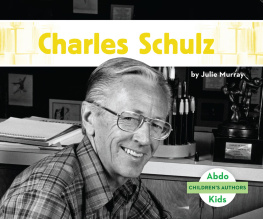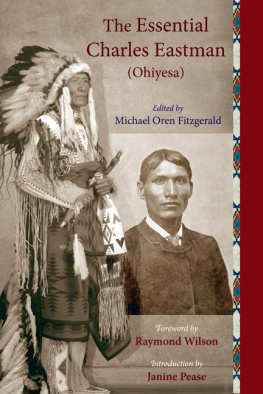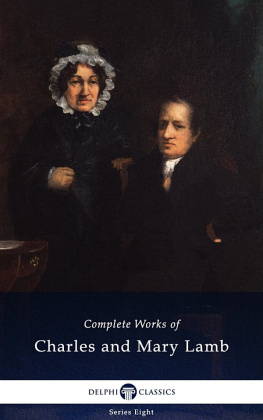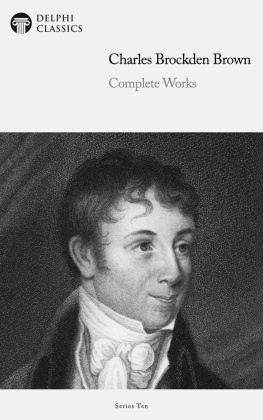
The Complete Works of
CHARLES W. CHESNUTT
(1858-1932)

Contents

Delphi Classics 2021
Version 1


Browse our Main Series

Browse ou r Ancient Classics

Browse our Poets

Brow se our Art eBooks

Browse our Classical M usic series

The Complete Works of
CHARLES W. CHESNUTT

By Delphi Classics, 2021
COPYRIGHT
Complete Works of Charles W. Chesnutt

First published in the United Kingdom in 2021 by Delphi Classics.
Delphi Classics, 2021.
All rights reserved. No part of this publication may be reproduced, stored in a retrieval system, or transmitted, in any form or by any means, without the prior permission in writing of the publisher, nor be otherwise circulated in any form other than that in which it is published.
ISBN: 978 1 80170 006 1
Delphi Classics
is an imprint of
Delphi Publishing Ltd
Hastings, East Sussex
United Kingdom
Contact: sales@delphiclassics.com

www.delphiclassics.com
Parts Edition Now Available!

Love reading Charles W. Chesnutt ?
Did you know you can now purchase the Delphi Classics Parts Edition of this author and enjoy all the novels, plays, non-fiction books and other works as individual eBooks? Now, you can select and read individual novels etc. and know precisely where you are in an eBook. You will also be able to manage space better on your eReading devices.

The Parts Ed ition is only available direct from the Delphi Classi cs website.
Try free Parts Edition downloads
The Novels

Cleveland, Ohio Charles W. Chesnutts birthplace

Artists drawing of Cleveland in 1877

Chesnutt as a young man
The House behind the Cedars (1900)

Chesnutt had spent most of his childhood in North Carolina and at the age of fourteen he had become a pupil-teacher at the Howard School, Fayetteville, one of many institutions founded for black students by the Freedmens Bureau during the Reconstruction era. In time, he was promoted to assistant principal at the school, which would much later develop into Fayetteville State University. In 1878 at the age of 20, Chesnutt moved to New York City with his newly married wife Susan Perry. He was eager to escape the prejudice and poverty of the South, as well as to pursue a literary career. Things did not work out in New York and after six months, they moved to Cleveland, the authors home city. In 1887 he read the law and passed the bar exam. He went on to establish what would become a lucrative court reporting business, making him financially prosperous. However, he still yearned for the life of a writer and dreamed of achieving literary success.
Chesnutt had started submitting stories to several highly-ranked national magazines, including The Atlantic Monthly , which in August 1887 published his first story, The Goophered Grapevine . It was the first tale by an African American to be published by the prominent periodical. In 1890 he tried to interest Walter Hines Page of Houghton Mifflin in a novel titled A Business Career . Though encouraging, Page told Chesnutt that he needed to establish his reputation more before publishing a novel. And so he continued to write short stories, featuring black characters that spoke in African American Vernacular English, while portraying events and themes from the antebellum years in the South, as well as the post-war period. It would be another ten years until he published his first novel.
The House behind the Cedars appeared in October 1900 and prior to its release in book form, it had been serialised in Self-Culture Magazine in the summer and early autumn of 1900. Chesnutt had been working on, revising and rewriting the novel for nearly a decade before it was finally published. It began as a short story entitled, Rena and the author worked hard to expand and develop the character and narrative in order to create a full length text. Reviews of the novel from critics were generally positive, but it was not a commercial success. The plot includes an interracial relationship, which was deemed highly controversial at the time and potentially dangerous to the continuance of white supremacy. The mediocre sales were in no small part a reflection of the reactionary and racially prejudiced views that were prevalent during the turn of the twentieth century.
The narrative is set in the Reconstruction era, between North and South Carolina and is primarily centred on two siblings, Rena and John Warwick. They are biracial, with a white father and black mother, but their light-skin allows them to pass as white if they choose to do so. When Rena meets and falls in love with a charming, young, white aristocrat called George Tryon, she is determined to conceal her biracial heritage. Of course, there are clear autobiographical links in this novel. Chesnutt came from a mixed African American and white background (his grandfather was a slave-owner) and was able to pass as white, but chose to always assert his black ancestry rather than deny it for social advancement.
Next page






























